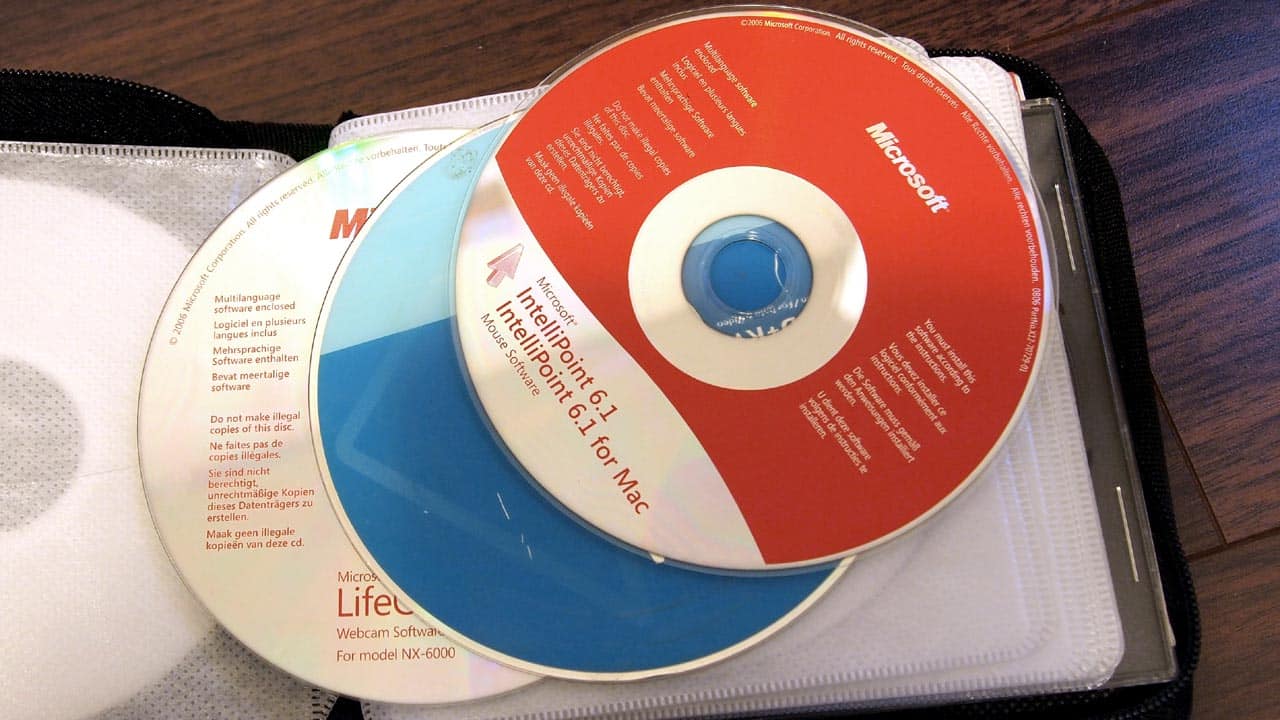
Technology is constantly evolving, this much is sure, and it seems that we are moving increasingly away from physical media and toward just having digital storage. One of the best examples would be your photo collection. You may have once had a film camera and you would print out every one of those exposures into a physical photo print that you could then put away in an album or in a picture frame.
While there are still some pictures that you might print out for whatever reason, the vast majority of the photos you take with a digital camera remain digital. You save those JPGs (or RAWs) on your computer or on an external hard drive and that’s where they will live until you choose to look at them. This is even truer when it comes to the abundance of photos we take with our smartphones, posting those pictures on Facebook and Instagram.
Given this and given the pervasive access to the Internet, you’ve got to wonder why computer companies are even bothering to include a physical installation CD and a phyiscally printed instruction manual with their products anymore. Think about it. These are costs that the company has to incur and, thus, these are costs that they have to pass along to the consumer. If they don’t have to spend that money, they can either a) be more profitable or b) lower the price and pass the savings onto us. Either way, it’s a winning situation.
What’s more, those installation CDs and instruction manuals have to be produced ahead of time so that they can go into the retail packaging. While they’re being packaged, shipped and stashed away on store shelves, things could change. They may need to update the firmware to address a known issue. They might have come up with a new feature. What if the product sits on the store shelf for months on end? Whether you’re talking about an HD webcam or multifunction printer, there could be all kinds of software updates and changes that could happen without any actual change to the hardware.
For me, it certainly makes a lot more sense to stash these installation files, as well as PDF instruction manuals, on the company’s websites, since they’re going to do that anyway. If you run into any problems, there’s always technical support for online computer help, which is what you’d do if you ran into problems anyhow, even if you had the printed manual and physical CD in front of you. Support forums are great for that too.
The other problem, if you can call it a problem, is that a lot of notebooks, tablets and Ultrabooks may not have optical drives anymore. They don’t need them most of the time, so bundling that installation CD/DVD is another waste of money. It just doesn’t make sense anymore. And let’s not forget about the environmental impact of all those unused CDs and all of those thrown away quick start guides.
If someone really wants to have a physical installation CD, they can just download the files from the product’s website and burn a disc themselves. If someone really wants a paper user manual, they can just download those PDFs and print them off themselves. For the rest of us, we’ll just go digital and call it a day.

